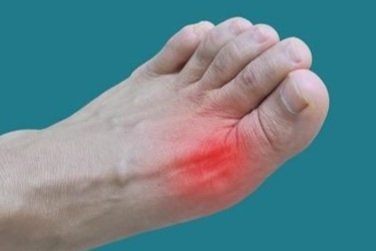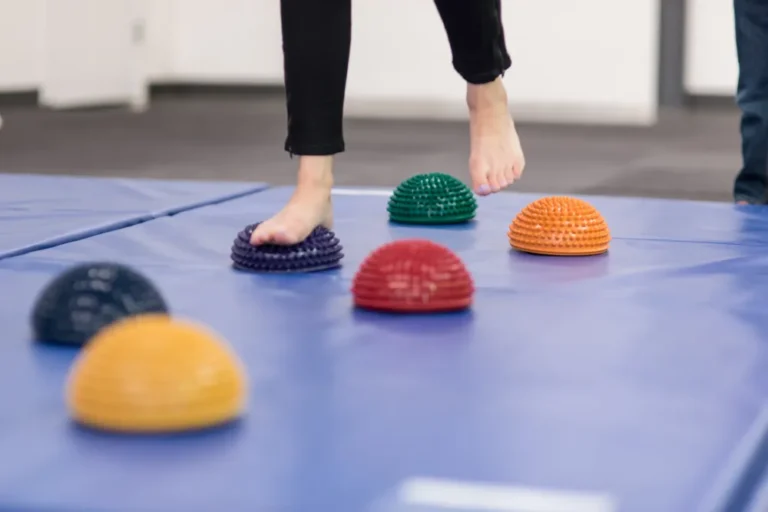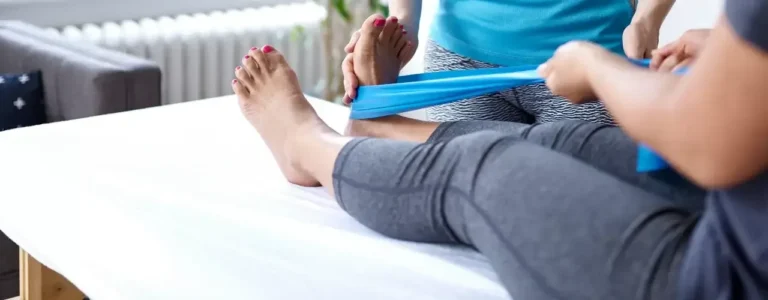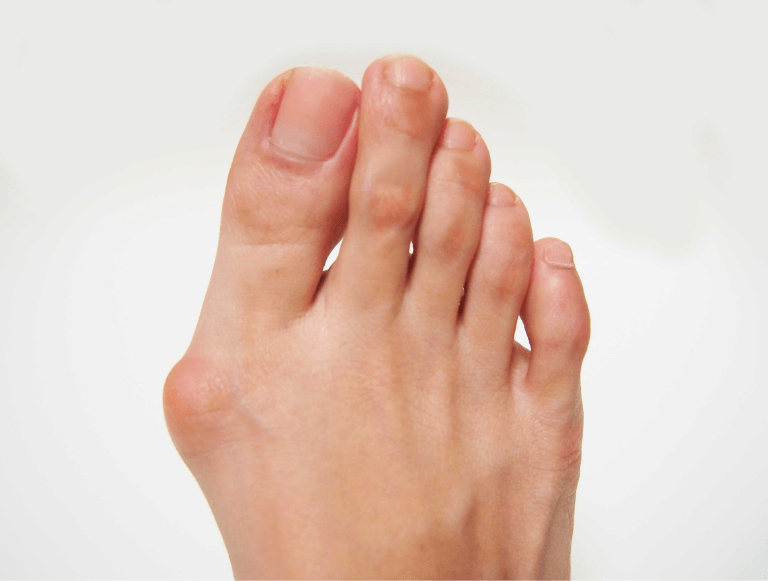Understanding Flat Feet: Causes, Symptoms, and Treatment Options
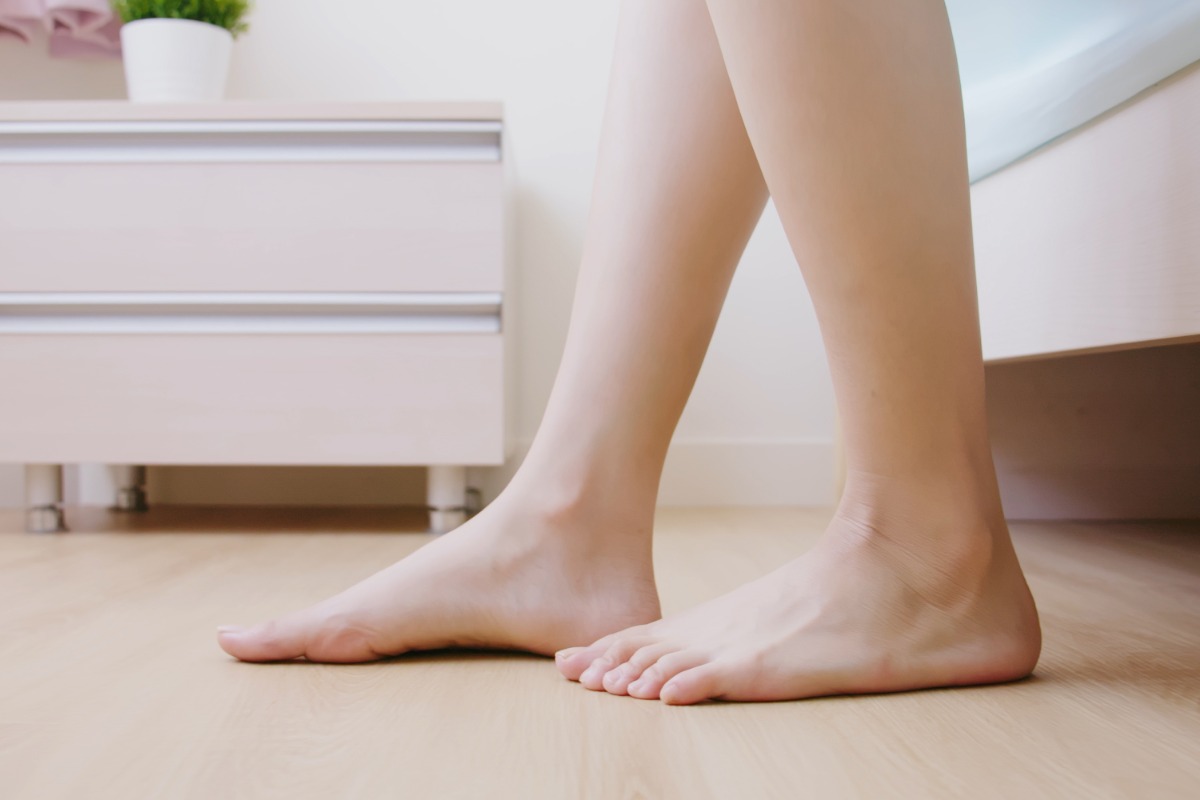
Flat feet, or fallen arches, describe a condition in which the foot’s arch is lower than usual or absent, causing the sole to touch the ground completely. Some individuals have fallen arches from childhood, while others develop the condition in adulthood. This condition can be painless, but symptoms may develop and affect daily comfort and mobility.
What Causes Flat Feet?
Flat feet can result from a combination of genetic and acquired factors. Family history plays a role, as inherited foot structure increases the likelihood of fallen arches. Children with a family connection may have flexible flat feet; the arch is visible when not standing but flattens upon weight bearing.
Changes in foot support structures over time can lead to adult-acquired flat feet. The foot’s arch weakens, stretches, or becomes torn because of aging, repetitive use, or injury. Tendon dysfunction is a common cause of arch collapse in adults. Injuries can also disrupt the structures that stabilize the arch. Repetitive stress or acute accidents may contribute to the development of fallen arches.
Certain health conditions are associated with an increased risk of fallen arches. Arthritis and diabetes affect joint and soft tissue health. Body weight can influence the risk, as increased load places greater stress on the foot’s supporting structures. Prolonged strain contributes to loss of arch height and shape.
What Are the Symptoms?
Symptoms of flat feet can range from none to significant pain and functional issues. Pain often presents along the inside of the foot, especially in the arch area, and may increase with standing, walking, or activity. The discomfort is sometimes described as aching or throbbing. Swelling on the inner side of the ankle is common. The area may be tender and appear puffy.
Altered foot posture is another sign. The affected foot may roll outward (overpronation), and shoes show uneven wear, especially on the medial side. A noticeable outward shift of the heel or changes in walking pattern may be observed. The alignment of the legs and back may also be affected, with pain possibly developing in the calves, knees, hips, or lower back. This discomfort is usually the result of altered biomechanics as the body compensates for a lack of arch support.
How Are They Treated?
Flat feet do not always result in symptoms requiring intervention, but treatment is available for those who experience discomfort or limitation. Most options begin with non-surgical management. Orthotic devices such as custom or over-the-counter arch supports are commonly used. These can help with weight distribution and foot alignment, aiming to relieve pressure on affected structures. Anti-inflammatory medication addresses associated pain and swelling on a short-term basis and is available in both prescription and non-prescription forms.
Braces may be recommended for additional support. These devices can allow healing and stability during recovery. Surgery is reserved for individuals with persistent symptoms who do not benefit from conservative measures. Procedures involve tendon repair or realignment tailored to the underlying abnormality and severity of flat foot deformity.
Speak Further With a Podiatrist
Flat feet vary in how they affect each individual. Persistent pain, swelling, or changes in function should prompt discussion with a podiatrist. A podiatrist can recommend tailored treatment planning, which may involve orthotics, therapy, bracing, footwear advice, or, in rare cases, surgical referral. Early attention to symptoms supports better management and help maintain mobility and foot health.
- What to Expect When Visiting a Foot and Ankle Specialist
- Causes of PTSD
- The Link Between Plantar Fasciitis and Weight Gain: What You Need to Know
- How Pet Ownership Can Positively Impact Life with Fibromyalgia
- The Importance of Stretching and Flexibility in Sports Medicine
Dr. Emma Green is a health and wellness expert with over 10 years of experience in nutrition and fitness. Passionate about helping others live their healthiest lives, Dr. Green shares practical advice on wellness, nutrition, and sustainable living through LivingSpristine.

